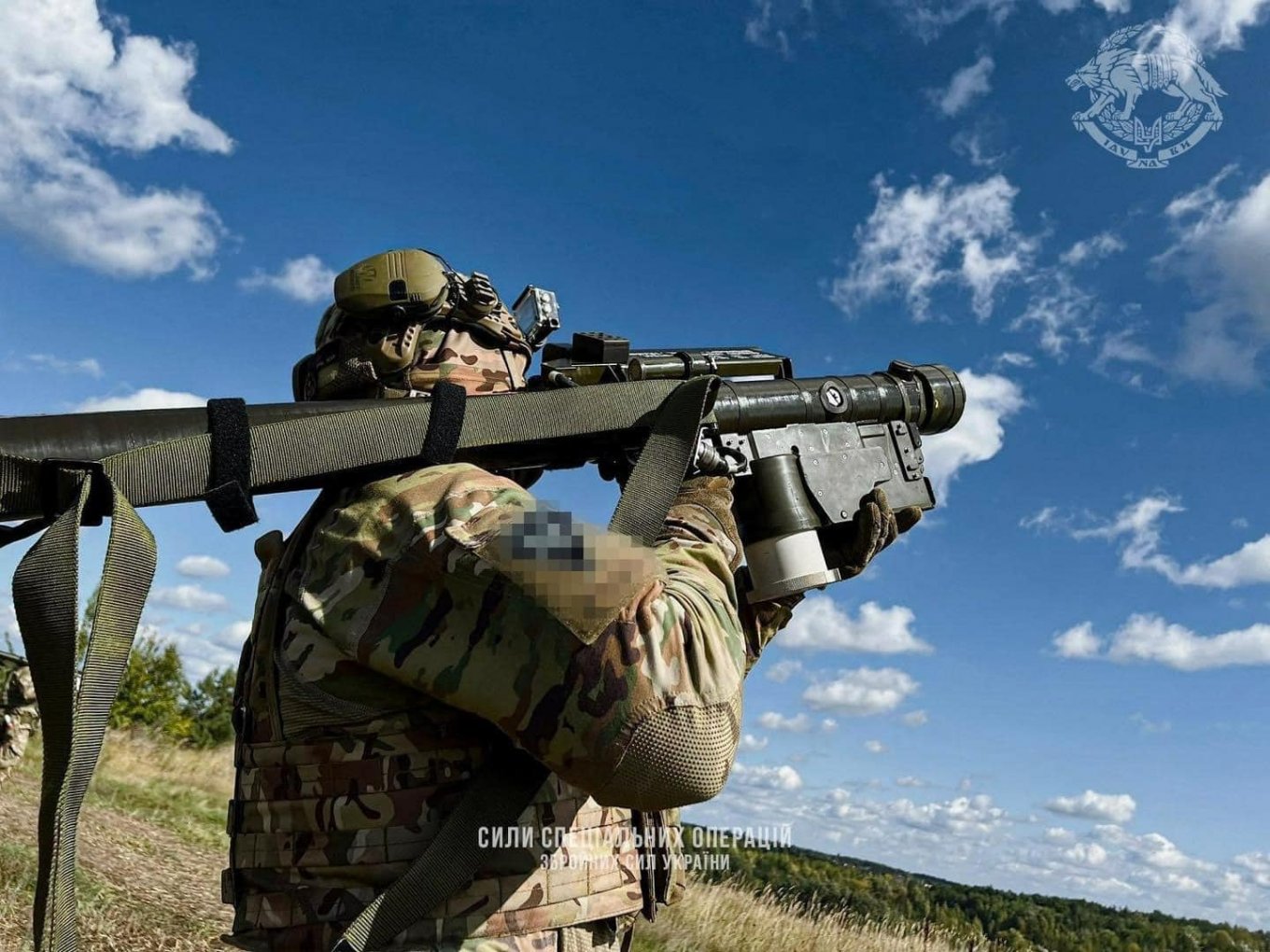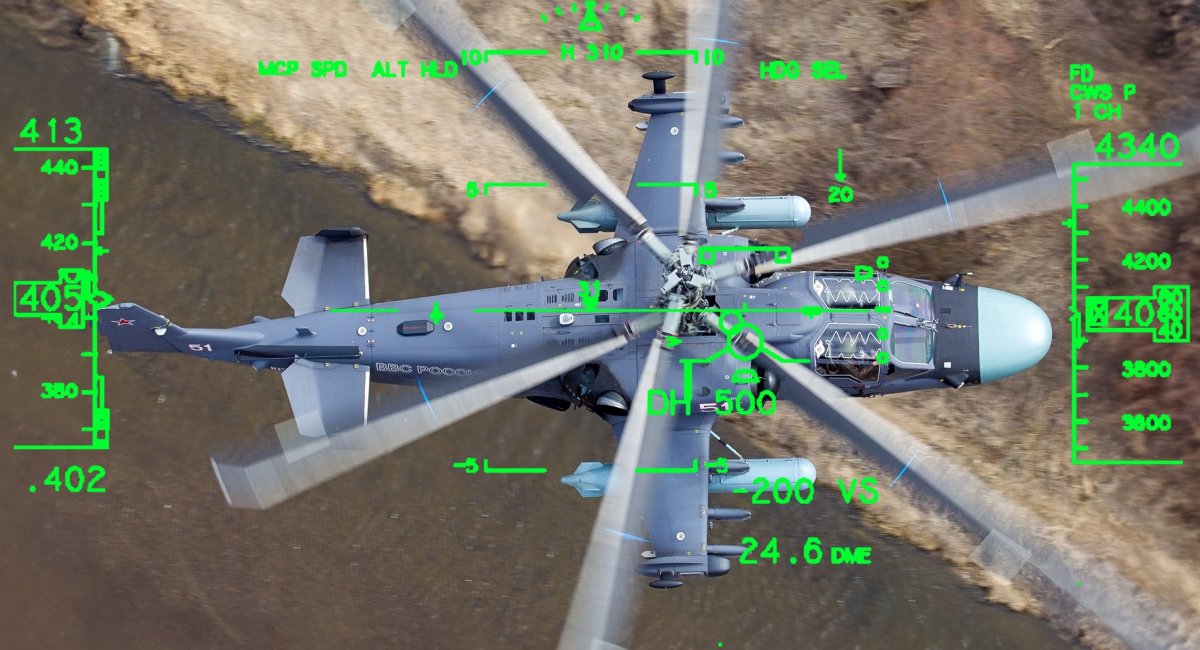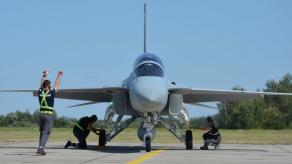The use of FPV drones to attack air targets is gradually gaining momentum in Ukraine. Destruction of russian reconnaissance UAVs is no longer news, and even helicopters are intercepted increasingly often.
38-а бригада морпіхів влаштовує «Дронопад»Її пілоти нищать ворожі розвідувальні БпЛА на Півдні.До старту збору ми передали 38-у ОБрМП FPV-дрони — і ось результат. Тож бригада отримає ще, щоб «Дронопад» не зупинявся.Не зупиняйтеся в донатах і ви https://t.co/pMuZnK0mKx pic.twitter.com/XObYjXXLDI— Повернись живим (@BackAndAlive) August 9, 2024
While the Ukrainian Defense Forces re-invented this weapon in response to relevant threats from available resources, the development of similar air defense tools by the pan-European giant MBDA is a marker of the fact that this vector of technological pursuit is actually promising. That's not to mention the similar American projects like Anduril's Roadrunner or Raytheon's Coyote, already ordered by the U.S. Army.
Read more: For the Second Time russian Helicopter Gets Hit by FPV Drone (Video)

What's common amongst all of them and makes their key feature is the relatively low price — achieving it is the main task when creating new anti-aircraft weapons. For example, even the Coyote 2C, which is much closer to the traditional anti-aircraft missile than others, costs only $125,000 per unit in the first stages of serial production.
One might argue that it's still not very cheap, but only until you remember the price of a Stinger man-portable missile: €780,000 per unit, based on the recent purchase deal approved by the budget committee of the German Bundestag. The anti-aircraft drone on quadcopter basis developed by MBDA will apparently be even cheaper. In practical terms, using the same amount of money usually spent on a single MANPADS missile, one could buy hundreds of Ukrainian anti-aircraft drones assembled from Chinese components.
The difference in price between these two is rooted in the use of distinct components and technologies. In particular, the cost of the Stinger missile is determined by the price of the homing head, rocket fuel, and most importantly the components and assemblies that must withstand a flight at Mach 2.2 speed and the overload during maneuvers. This high speed and the stemming need for robust materials are necessary for this anti-aircraft missile, first of all, to defeat jet aircraft and cruise missiles.

But when it comes to an anti-aircraft drone, the range of tasks narrows down to defeating unmanned aerial vehicles and helicopters, in other words, threats that are many times slower. Therefore, there is no need for the missile as a vehicle to deliver payload. Lower flight speed — lower overloads — lower requirements for components and materials. The anti-aircraft weapon overall becomes cheaper, an effect we can see on the example of the jet-powered, yet subsonic Coyote 2C.
The next price factor is guidance. One of the cheapest options is radio command guidance, when the anti-aircraft drone is steered by commands from the radar and/or an electro-optical targeting system. Semi-active laser guidance is also relatively cheap. However, both options require a sophisticated on-ground component of the system.
The potentially cheapest solution is the so-called machine vision (automated recognition and lock on target) based on commercial cameras working with optical and/or thermal imagery. Although it still requires radars or any alternative surveillance systems to detect nearby threats, this equipment does not necessarily have to be part of the air defense system centered around an FPV drone. A connection through an automated data exchange network is enough.

Also, the weight and size of such drones are smaller than any missile, so one team of operators can deploy a much larger number of anti-aircraft weapons. After all, when it comes to countering drones, there's always the possibility they will come in swarms.
In this way, an anti-aircraft FPV drone with machine vision objectively becomes the smallest, simplest, most mobile and cheapest air defense tool of all. Moreover, unlike traditional missiles, it does not have characteristic exposing factors that accompany missile launches. Also, such an anti-aircraft drone has passive guidance, which modern helicopters struggle to deal with as they currently don't have effective countermeasures. Because all self-protection equipment was designed to counter conventional air defense missiles that primarily come with infrared guidance.

Read more: Ukraine Tests the BULLET Jet-Powered Anti-Air Interceptor Drone














